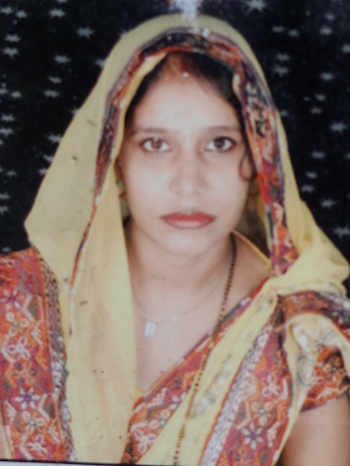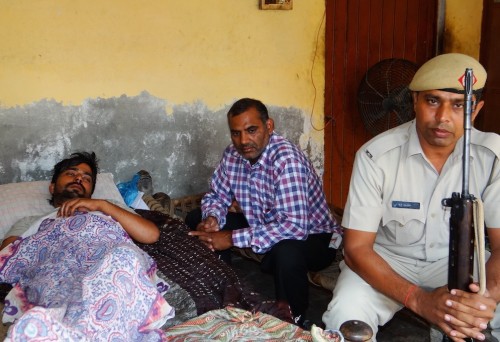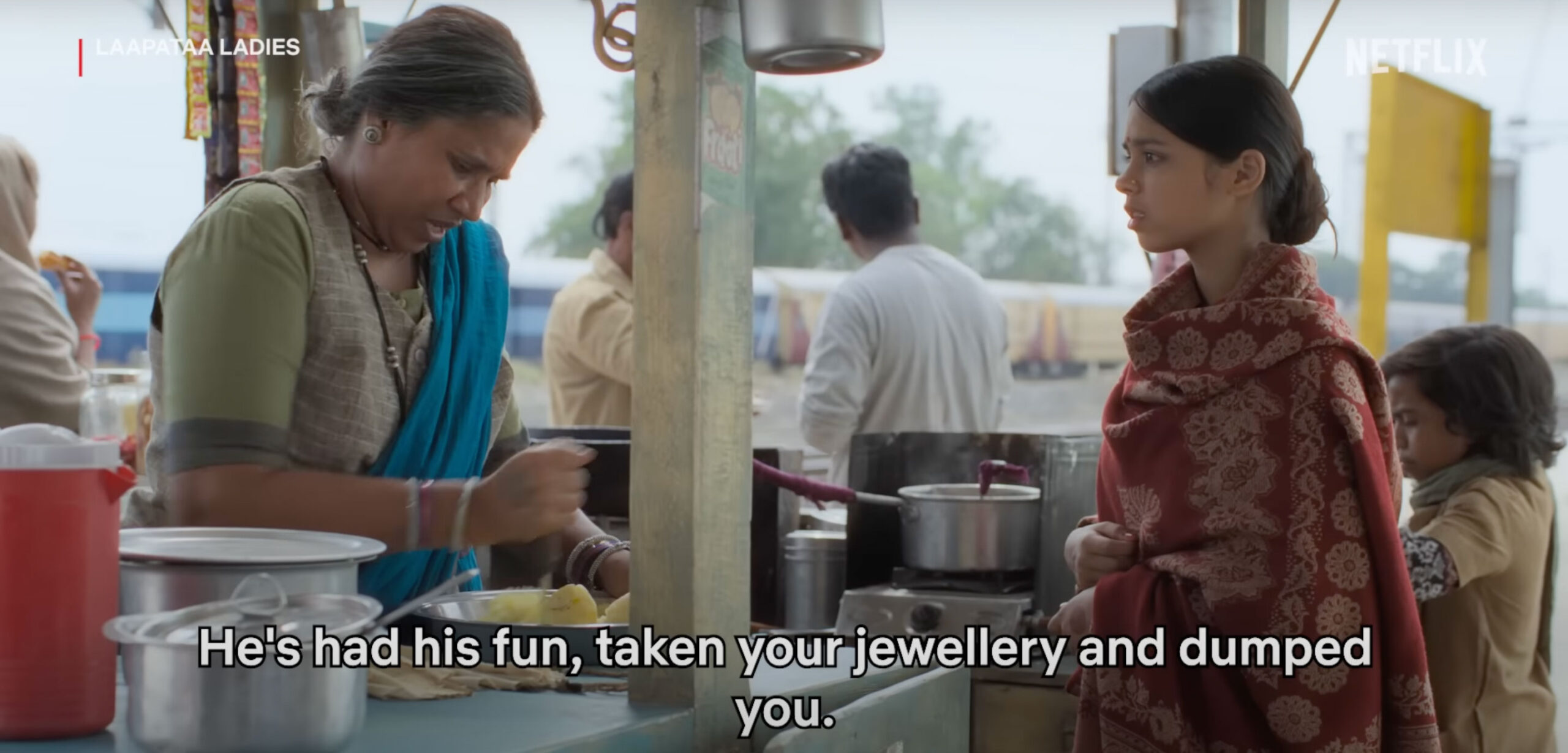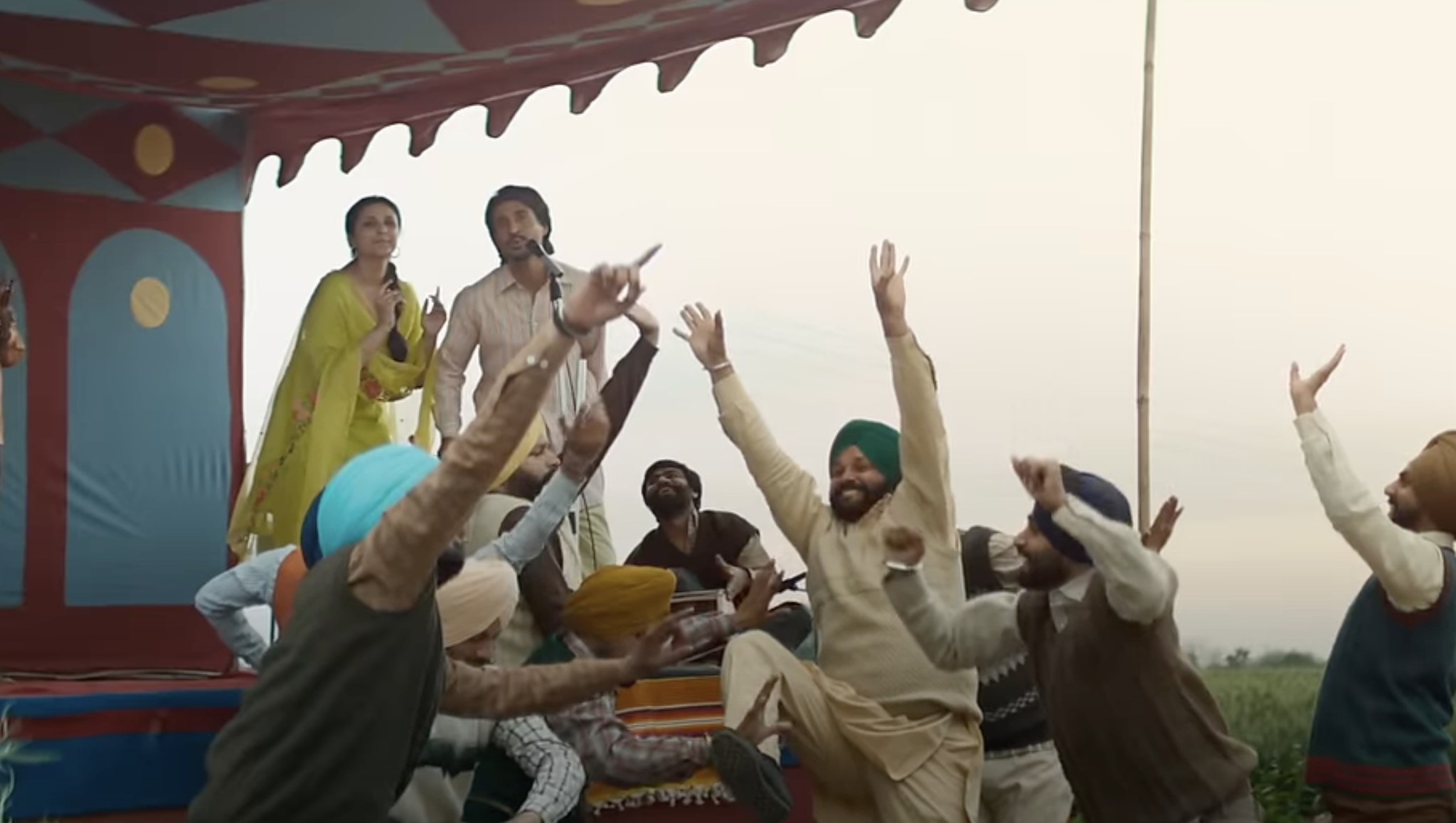
On 20 October, two Dalit children (two-and-a-half-year-old Vaibhav and eleven-month-old Divya) were burnt alive at Sunped, Faridabad. Their mother Rekha sustained 70-80 per cent burns. Jitendra, the father of the children, said that he had a running feud with his neighbours (a Rajput family), who wanted to wipe out his entire family. He said that an attempt was also made to set him ablaze but he somehow escaped unhurt. Such incidents are common in India. Given the caste structure prevalent in our country, what Jitendra was saying appeared to be true.
The feud began last year when the mobile phone belonging to a boy from the Rajput family fell into a drain. Instead of fishing it out himself, he asked a boy from the Dalit family standing nearby to do so. The latter refused, following which the two boys and then their families had a wordy duel. This happened at a shop barely 10 metres from Jitendra’s house. It is said that misbehaviour with women was also one of the reasons for the clash.
Then, on 5 October 2014, six members of the Rajput family were attacked. Three of them died. Jitendra’s brother is an accused in the case and is presently in jail.
Every year, a Durga Jagran is held in the village. Jitendra’s brother was one of the chief organizers of the event in which the Rajput family also participated. The spot where the Jagran was held is about 70 metres from Jitendra’s house. The Rajputs were on their way back after participating in the Jagran when they were attacked with knives near Jitendra’s house on 5 October 2014.
Jitendra said that the Rajput family wanted to avenge that attack. Anticipating violence, Haryana police began guarding Jitendra’s residence. At the time of the incident on 20 October 2015, three policemen were present at the spot.
After the incident, P.L. Punia, chairman of the National Commission for Scheduled Castes, the Congress party vice-president Rahul Gandhi, former Haryana chief minister Bhupinder Singh Hooda and Chief Minister Manohar Lal Khattar reached Sunped to meet Jitendra, who appeared in photos with both his hands bandaged. However, when I, along with Pramod Ranjan, consulting editor, FORWARD Press, and Sanjeev Chandan, editor, Streekaal, reached the village on 25 October 2015, we found only one of his hands bandaged. There was no injury on his other palm. Even his body hair was not burnt. Only the outer surface of the fingers of the other hand was burnt. The inner surface of one’s fingers would get burnt while trying to save someone. He told us that he was sleeping in the same room with his wife and children on the day of the incident. Then, on 26 October, we went to Safdarganj Hospital, New Delhi, to talk to Jitendra’s wife Rekha and know her side of the story. However, as she was in the ICU, we could not meet her. According to her relatives, she had sustained 70-80 per cent burns.
After the visit of many top politicians to Sunped, the incident was picked up by the national and international media. As elections were underway in Bihar at that time, it became an election issue. Union Minister V.K. Singh made his “if-a-stone-is-thrown-at-a-dog” remark, which drew vocal protests from even the BJP leaders of Bihar. After meeting the victims’ family at Sunped on 22 October, the Haryana chief minister recommended a CBI probe into the incident. Many massacres have taken place in Haryana in the past but the governments have avoided involving the CBI. So, why did this government hastily seek a CBI investigation into the Sunped incident? Was the Haryana government – known for its anti-Dalit attitude – driven by a particular motive?
Allegations of Rajput women
We met several members of the families of the victims and the accused. We also met the three Rajput women whose husbands were murdered a year ago. They said, “Our husbands were killed. Members of the Dalit family are in jail on the charge of murdering them. The judgment is about to come. Why would we then ruin our case?” The key accused in the murder case is Jitendra’s brother. Members of other Dalit families are also among the accused. Jitendra said that his lawyer is a Rajput from the same village. None of the members of Jitendra’s family said that the incident had anything to do with caste. However, members of the accused Rajput family said, “All this is the doing of Jitendra’s lawyer, who is a Rajput and wants to enter politics”. The Sunped panchayat ward, where the two families reside, has recently been reserved for SC candidates. Only the members of the families of the accused and victims have so far been elected from this ward.
After a preliminary investigation, the police said that the room was set afire from the inside, not from the outside. The cops also said that kerosene, and not petrol, was used to set the room ablaze. The family of the accused said that the incident was the outcome of a quarrel between the husband and the wife and that Jitendra had himself lit the fire.
Fact, argument and social commitment

I have tried to analyze the incident keeping all the facts in mind. I am not trying to pronounce a verdict. That’s the court’s business once the CBI has investigated both the incidents – last year’s and the recent one. However, after visiting the place, I feel that this is not an open-and-shut case of caste-related violence, as some of my ideological comrades insisted on social media on the basis of some initial reports. That is why, initially, I decided not to write on it because I was in a dilemma on what to write and how to write it. But would my keeping mum just have been politically correct? Wouldn’t this silence mean going against my commitment? And if I wrote on the basis of what I had seen and felt, I would be going against the view of the Bahujans on the issue and it was possible that I would be accused of opposing my own community. That is why, despite taking more than a hundred photographs and recording two and a half hours of video footage, I did not post it on any social media site.
In social media, there is a tendency to see things in black and white – not in shades of grey as all things essentially are.
Sociology of reactions
After the Sunped incident, many Facebook users blackened their profile photos as a mark of protest. I was keeping a tab on the people who did this. Then came the absolutely irresponsible statement of the minister of state for external affairs. He said, “Will government be responsible if someone throws a stone at a dog?”. We should take notice of the social location of all the people involved – the protesters as well as of those issuing cruel, irresponsible statements. One’s social location and thinking are inextricably linked. The social location is linked with their collective, shared experience. I have dwelt on this in my PhD thesis.
Who will speak out and who will keep mum on incidents of caste atrocities – especially on SCs – is pre-decided. And what those who speak out will say can also be predicted with a reasonable degree of accuracy. General V.K. Singh is a Rajput and Rajputs are known for their professed valour. That is why, they take no notice “when someone throws a stone at a dog” and “the government is not responsible for it”. We should also reflect on who the government is. Clearly, the social locations of the deprived and the government are different. This was not the first time the dog analogy was used. On 13 July 2013, referring to the Godhra incident, BJP leader and then Gujarat chief minister Narendra Modi (the present prime minister) had said, “I am pained even if a dog comes under the wheels of my car.” On 21 April 2010, arson and killings in Mirchpur began with a dog belonging to a person of SC community barking at a Jat. Mind you, the dog had not bitten anyone, it had only barked. In September 2010, a Rajput family in Bhopal abandoned their pet dog because it had eaten something in the house of an SC. Their dog, too, had become an SC. How could a Rajput family keep an SC dog? In Tamil Nadu, people of a particular caste attacked SCs after the latter’s dog mated with the former’s bitch. Their self-respect was hurt.
Who is pained by the atrocities on the SCs and other deprived sections and who is not? Who are not? What is their social location? Some people’s view of those who write in social media is that they do nothing. I ask them: how many people even have the courage to “Like” a pro-social justice post? My answer: not many because even a “Like” is a sign of consent and support. Why was it that during the elections, Jitan Ram Manjhi was the most vocal in condemning the Sunped incident, followed by Ramvilas Paswan and Lalu Prasad Yadav? These leaders had sympathy and concern for the victims. This concern was born out of their social location. Since, in this country, social locations are not shared, concerns are also not shared.
The truth here is secondary. The primary questions are: Who was concerned about the incident? Who reacted to it? And who were those who felt that such incidents keep happening? Are the Scheduled Castes (along with the Tribals and the Backwards) of this country in a position to blackmail the media and the administration, manipulate public opinion and misuse the law?
My conclusions


First, the chain of events began when the mentality of caste superiority was resisted. It began last year in October when a Rajput boy’s mobile phone fell into a drain and then he tried to browbeat a SC boy to retrieve it. The SC boy refused. A quarrel between them followed, which escalated into a clash between the two families. I see this as a positive development. The violence in Haryana has been the outcome of the resistance put up by the classes that have been deprived and exploited for centuries. Today, no one will take orders from you merely because you belong to a certain caste and don’t hesitate in using criminal intimidation to enforce your diktat. Even if the murders were committed by the Dalit family, I cannot condone them. But this incident also sends out a message: that domination based on caste superiority will not be tolerated. But the question that still begs an answer is: how do we challenge the upper castes’ mindset that they should have their way all the time?
Second, the latest murders are the fallout of a political and caste rivalry between the two families and their mutual suspicions. This isn’t caste war; rather, this is domination of a particular caste. These two families have been sharing the panchayat seat between them. Neither at the time of the last murders nor this time did either of the families say that they had the support of the other members of their caste in the village. One angle is also the strained husband-wife relationship.
Third, the social location of a person decides how he will react to caste-related violence. Casteism has permeated the collective psyche of Indian society and a person’s views are decided even before his birth! Those who have changed their mindset despite being born into a Savarna family should be welcomed and appreciated. It is their personal achievement. But most of the Savarnas, even today, do not feel that the problems of the deprived communities are their own problems or at least the problems of this country.
Fourth, we can summarize the above-mentioned conclusions in the words of Dr Ambedkar that “India is not a nation but a nation in the making”. Our sensitivities depend on our social location and identity and those of the victim. The flag-bearers of nationalism either talk about the Pakistan border or their community. According to them, reservations are not in the national interest, implying that those who are not entitled to reservations are the nation. Until all communities get representation in all institutions, until the nation is shared by everyone, until social justice is seen to be done, until we develop shared sensitivities – until then, it will be presumed that one section is responsible for the atrocities/attacks on the other section. This presumption can be misused – it has been and it will be. But we also need to ask ourselves: in a society where all the institutions are run by a miniscule minority, how many can indulge in such misuse? And who is responsible for it? Also, is justice being done in our society? If it is so, then there is no scope for misuse of the laws. And if justice is not being done, then it is not possible for the people on the margins to misuse it. The truth is that in a diverse country like India, the society is in the stranglehold of a few communities that can and does resort to crime to have its way. The media calls it “dabang” (musclemen). The community that has no say in government and administration and lacks political power is left with few options.





